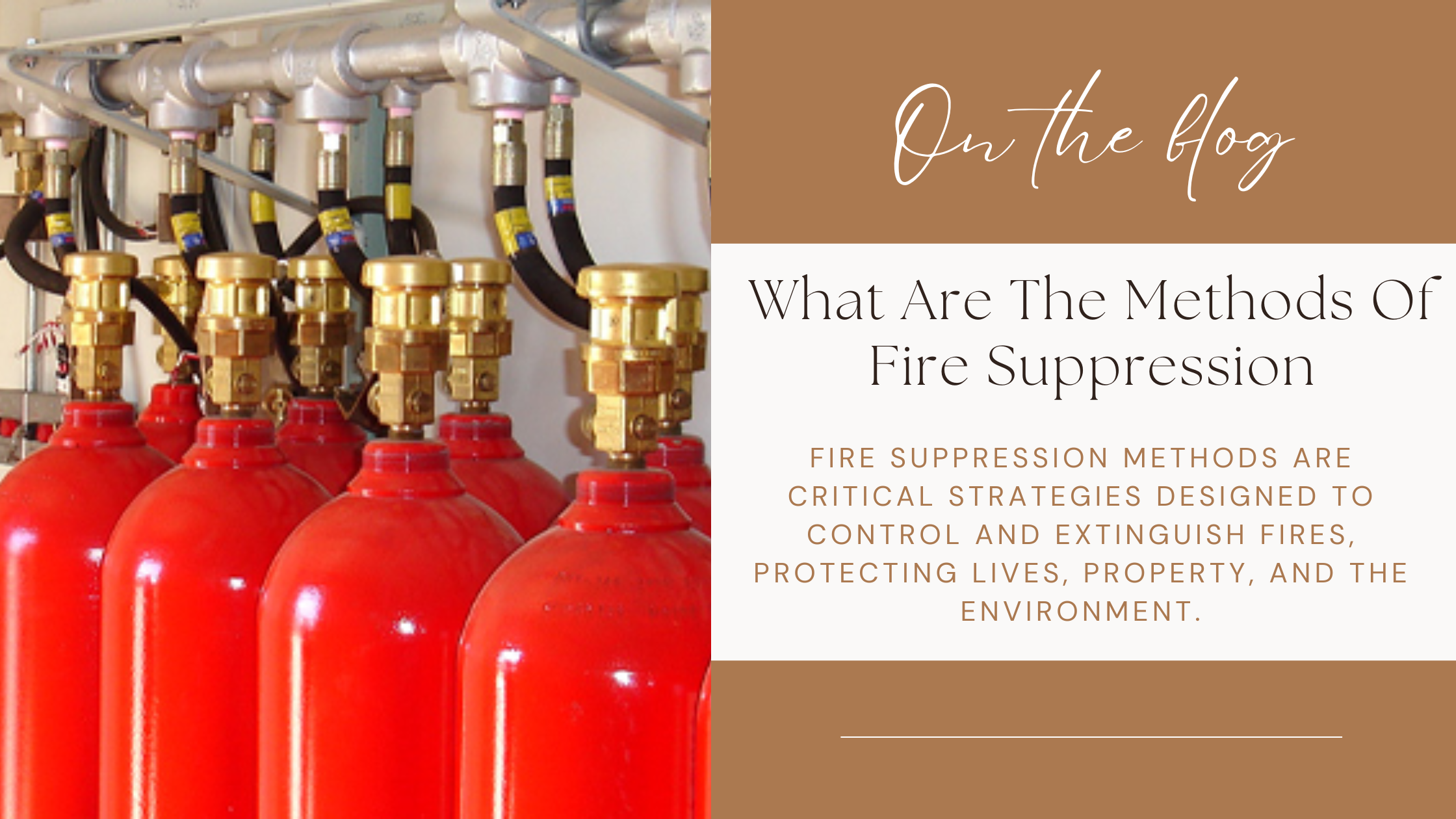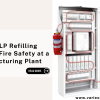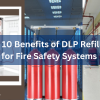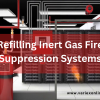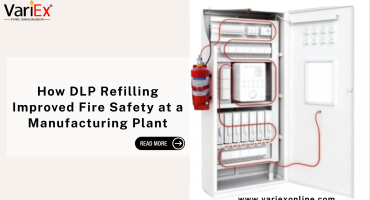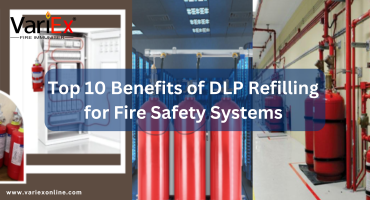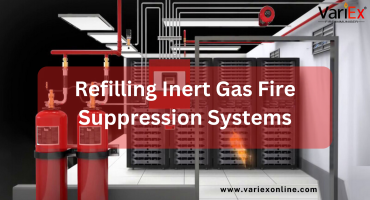![]()
Fire Immuniser
+91-7829629111
Email: info@variex.in
Varistor Technologies Pvt. Ltd.
Block-1, First Floor, Ardente Office One, Hoodi Circle, ITPL Main Road, Bengaluru, Karnataka 560048, IN
What Are The Methods Of Fire Suppression
What Are The Methods Of Fire Suppression
Fire suppression methods are critical strategies designed to control and extinguish fires, protecting lives, property, and the environment. Understanding the various methods helps in selecting the most effective solution for specific fire types and scenarios.
This guide explores the primary methods of fire suppression, their mechanisms, applications, and advantages.
Table of Contents
- Introduction to Fire Suppression Methods
- Importance of Fire Suppression
- Overview of Fire Suppression Principles
- Water-Based Fire Suppression
- Wet Pipe Systems
- Dry Pipe Systems
- Water Mist Systems
- Foam-Based Fire Suppression
- Gas-Based Fire Suppression
- Inert Gas Systems
- Chemical Gas Systems
- Powder-Based Fire Suppression
- Wet Chemical Fire Suppression
- Comparison of Fire Suppression Methods
- Applications of Fire Suppression Systems
- Choosing the Right Fire Suppression Method
- Maintenance and Testing of Fire Suppression Systems
- Innovations in Fire Suppression Technology
- Regulatory Standards and Compliance
- Conclusion
Importance of Fire Suppression
Fire suppression is vital for:
- Life Safety: Protects occupants by minimizing fire risks.
- Asset Protection: Reduces property damage and financial loss.
- Environmental Preservation: Prevents the release of hazardous substances.
- Regulatory Compliance: Meets fire safety and building code requirements.
Overview of Fire Suppression Principles
Fire suppression methods are based on breaking the fire triangle, which consists of three elements necessary for combustion:
- Heat: Reducing temperature to below the ignition point.
- Fuel: Removing combustible materials.
- Oxygen: Displacing or reducing oxygen levels.
Water-Based Fire Suppression
1. Wet Pipe Systems
- Mechanism: Pipes are filled with water, which is released when sprinkler heads detect heat.
- Applications: Common in residential, commercial, and industrial spaces.
2. Dry Pipe Systems
- Mechanism: Pipes are filled with pressurized air, which releases water upon activation.
- Applications: Suitable for environments prone to freezing.
3. Water Mist Systems
- Mechanism: Generate fine water droplets that cool the fire and displace oxygen.
- Applications: Effective for Class A and some electrical fires.
Advantages:
- Environmentally friendly and widely available.
- Effective for Class A fires (ordinary combustibles).
Limitations:
- Risk of water damage to sensitive equipment.
- Not suitable for grease, chemical, or metal fires.
Foam-Based Fire Suppression
Mechanism:
Foam systems release a layer of foam that smothers the fire by cutting off oxygen and cooling the fuel.
Applications:
- Flammable liquid fires (Class B).
- Industrial facilities, fuel depots, and chemical plants.
Advantages:
- Prevents re-ignition by covering the fuel source.
- Effective for liquid fires.
Limitations:
- Ineffective for electrical or Class A fires.
- Requires specialized maintenance.
Gas-Based Fire Suppression
1. Inert Gas Systems
- Mechanism: Reduce oxygen levels to suppress combustion.
- Applications: Data centers, archives, and museums.
2. Chemical Gas Systems
- Mechanism: Use agents like FM-200 or Novec 1230 to disrupt the chemical reaction.
- Applications: Enclosed spaces with sensitive equipment.
Advantages:
- Leaves no residue, preserving equipment.
- Effective for Class B and C fires.
Limitations:
- High installation and maintenance costs.
- Requires sealed spaces for optimal performance.
Powder-Based Fire Suppression
Mechanism:
Dry chemical powders extinguish fires by interrupting the chemical reaction.
Applications:
- Industrial environments and vehicles.
- Suitable for Class A, B, and C fires.
Advantages:
- Versatile and cost-effective.
- Quick response to multi-class fires.
Limitations:
- Residue cleanup required post-discharge.
- Can damage sensitive equipment.
Wet Chemical Fire Suppression
Mechanism:
Wet chemical systems use potassium-based solutions to create a soapy layer that cools and smothers flames.
Applications:
- Commercial kitchens (Class K fires).
- Cooking oil and grease fires.
Advantages:
- Specifically designed for high-temperature grease fires.
- Prevents re-ignition.
Limitations:
- Limited to kitchen environments.
- Requires regular maintenance.
Comparison of Fire Suppression Methods
| Method | Mechanism | Best For | Limitations |
|---|---|---|---|
| Water-Based | Cooling and oxygen displacement | Class A fires | Risk of water damage to electronics. |
| Foam-Based | Smothering and cooling | Class B fires | Ineffective for electrical fires. |
| Gas-Based | Oxygen reduction or chemical action | Class B, C fires | High cost and space sealing required. |
| Powder-Based | Interrupting chemical reactions | Multi-class fires | Residue cleanup and potential equipment damage. |
| Wet Chemical | Cooling and smothering | Class K fires | Limited to kitchen fires. |
Applications of Fire Suppression Systems
Fire suppression methods are tailored to specific environments:
- Residential: Water-based sprinklers for homes.
- Commercial: Foam or water-based systems in offices and retail spaces.
- Industrial: Powder and foam systems for factories and chemical plants.
- Data Centers: Gas-based systems to protect sensitive electronics.
- Kitchens: Wet chemical systems for grease fires.
Choosing the Right Fire Suppression Method
Factors to consider when selecting a fire suppression method include:
- Type of Fire Risk: Identify potential fire classes (A, B, C, D, or K).
- Environment: Consider the presence of sensitive equipment or materials.
- Budget: Evaluate installation and maintenance costs.
- Regulations: Ensure compliance with local fire codes and NFPA standards.
Maintenance and Testing of Fire Suppression Systems
Regular maintenance ensures reliability and compliance:
- Monthly Inspections: Check components for damage or obstructions.
- Annual Testing: Conduct functional tests to verify system performance.
- System Upgrades: Update systems to meet evolving safety standards.
Innovations in Fire Suppression Technology
Advances in technology are enhancing fire suppression efficiency:
- IoT-Enabled Systems: Real-time monitoring and remote control of suppression systems.
- Eco-Friendly Agents: Sustainable options like water mist and halon alternatives.
- Integrated Solutions: Systems combining detection and suppression.
Regulatory Standards and Compliance
Fire suppression systems are governed by:
- NFPA Standards: Guidelines for system design and operation.
- Local Building Codes: Mandates for fire safety in specific environments.
- Insurance Requirements: Compliance for risk mitigation.
Conclusion
The methods of fire suppression are diverse, each tailored to address specific fire risks and environments. From water-based systems to advanced gas and foam technologies, choosing the right method is essential for effective fire safety. Regular maintenance, adherence to regulations, and staying updated on innovations ensure these systems remain reliable and effective in protecting lives and property.
Frequently Asked Questions
Water-based systems, particularly sprinklers, are the most widely used.
No, each method is suited to specific fire classes, requiring careful selection.
Yes, many gas agents like FM-200 are non-toxic and safe for humans.
Systems should undergo monthly inspections and annual professional testing.
Wet chemical systems are specifically designed for grease and oil fires in kitchens.
Final Say
At VariEx.in and VariexOnline.com, we specialize in supplying and installing top-quality fire fighting systems and equipment. From fire extinguishers to advanced suppression systems, we offer comprehensive solutions tailored to your needs. Our experienced team ensures precise installation and maintenance for optimal safety.
Trust VariEx for reliable fire protection. Contact us online or call 7829629111 to learn more.
We specialize in manufacturing, supplying, and distributing a comprehensive range of fire fighting equipment, including state-of-the-art fire extinguishers. Read our most searched blogs and find interesting information on topics such as how to use a fire extinguisher, how to calculate fire fighting water tank capacity, fire extinguisher refilling, obtaining a Fire NOC, understanding fire fighting systems, types of fire protection systems, the fire hydrant system, and the fire sprinkler system. These resources provide essential knowledge for ensuring safety and compliance with fire safety regulations. Additionally, you can explore guides on the maintenance of fire protection equipment, the latest advancements in fire safety technology, and best practices for fire risk assessment and management.
Our expertise extends to fire alarm systems, fire hydrant systems, and fire suppression systems, including fire sprinklers. Each product meets rigorous international standards for reliability and performance, ensuring effective fire safety products tailored to diverse applications and industries. Additionally, we are providing Fire Extinguisher Refilling and AMC services to ensure ongoing maintenance and operational readiness of fire safety equipment.


